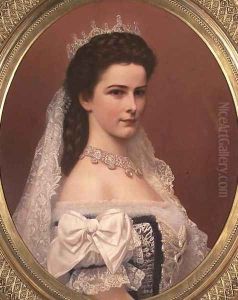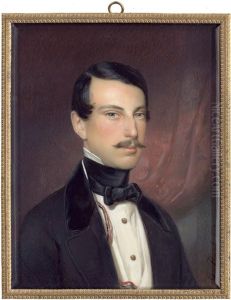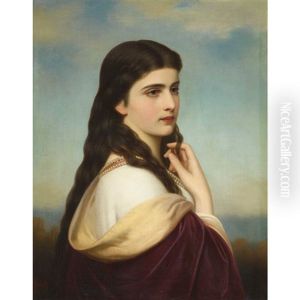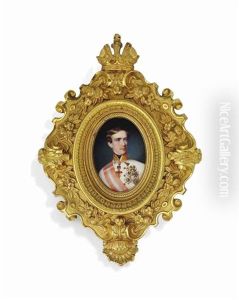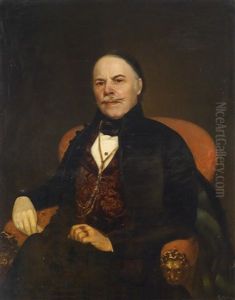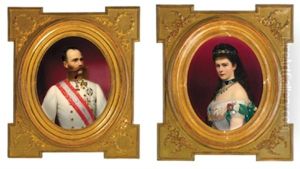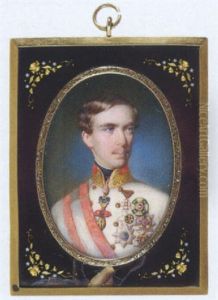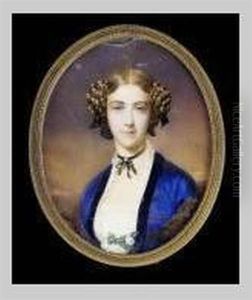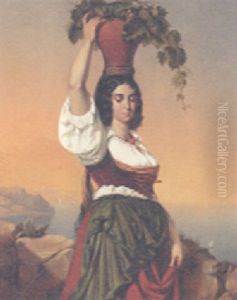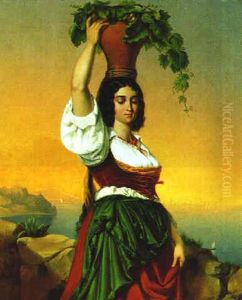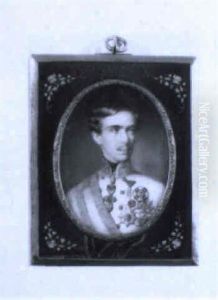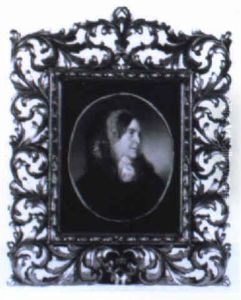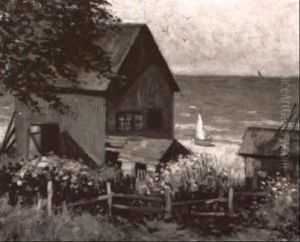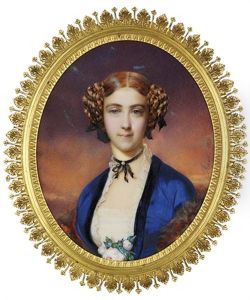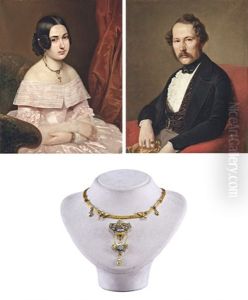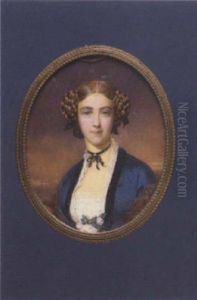Georg Raab Paintings
Georg Raab was a German painter and lithographer known for his portraits and genre scenes. Born on July 11, 1821, in Schweinfurt, Bavaria, Raab demonstrated artistic talent at a young age. He pursued his passion for art by studying at the Academy of Fine Arts in Munich, which was a leading European art institution of the time.
Raab's early work was influenced by the Biedermeier style, a style that depicted bourgeois life in a realistic manner, with an emphasis on the intimate and sentimental. After completing his studies, Raab worked as a lithographer, an art form that was at its peak during the 19th century. Lithography allowed him to reproduce his artwork and reach a wider audience. He produced numerous portraits and genre scenes, which were well received for their detailed representation and clarity.
In the 1850s, Raab shifted his focus to painting, and he became particularly known for his portraits. He was skilled at capturing the likeness and personality of his subjects, which ranged from the middle class to the more affluent members of society. His work was characterized by fine detail, careful composition, and subtle coloration.
Raab's genre scenes often depicted the daily life and customs of the people of his time. These works not only provided a visual record of 19th-century life in Germany but also reflected the social and cultural shifts occurring during the period. Raab's contribution to German art was recognized in his lifetime, and he received various commissions for portraits, including those of notable figures.
Throughout his career, Raab exhibited his work in different cities across Germany and won several awards. His paintings were appreciated for their realism and the insight they provided into the era’s social fabric.
Georg Raab died on June 23, 1885, in Munich. His legacy is preserved in the form of his portraits and genre paintings, which continue to be studied and admired for their historical significance and artistic merit. Although not as widely known today as some of his contemporaries, Raab's work remains an important part of the 19th-century German art canon, offering insight into the society and culture of his time.
